If you are familiar with the tents industry, then you have probably seen the phrases like 4-season tents and 4th-season tents. This can be confusing because some manufacturers use these phrases carelessly.
The term 4-season tent describes a shelter that is supposed to be suitable for all seasons. On the other hand, a 4th season tent is a shelter designed for winter and extreme conditions. So this is effectively a winter tent.
The main difference is the following: There are indeed true 4th season or winter tents on the market, but it is difficult to find true 4 season tents.
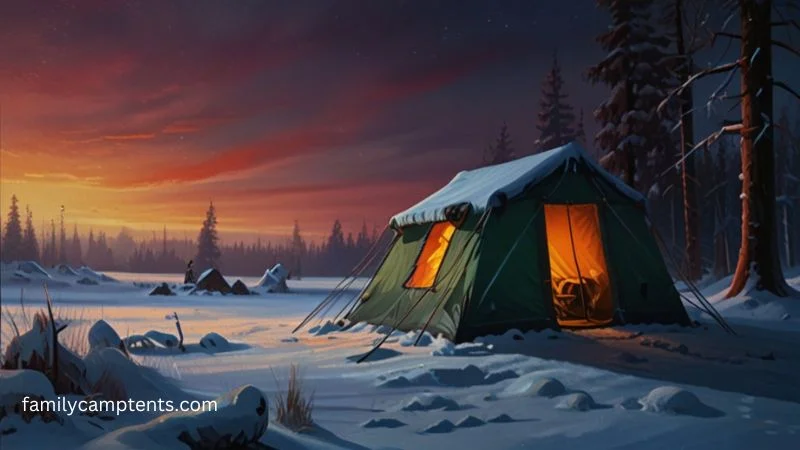
4 Season tents
As the name of these tents suggests, they are supposed to be suitable for all seasons. But this is never or very rarely so. The weather conditions in a climate with true four seasons are so drastically different that it is very hard to find a tent that would perform great in just all situations.
I would say that the closest to such a 4-season use are some high quality cotton canvas tents or poly-cotton tents, but definitely not all of them. Want to see one great example? Here it is, the Crua Loj 6 Person Thermo Insulated Waterproof Family Tent:
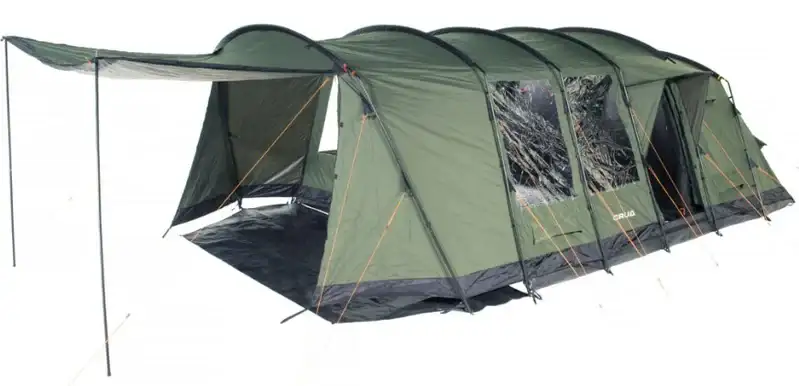
The reality is that with a tent described by a manufacturer as a 4-season tent you will always have to make some compromises. Such tents are practically never suitable for warm weather summer camping.
On the other hand, many of such tents declared by the brands as 4-season tents, are not at all 4-season. So do not even think of relying on their official statements. Inspect the tent’s features instead.
But there are some good brands that do not even declare their tents as suitable for year-round use, yet they may indeed be of that type. My own Snow Peak Alpha Breeze tent is one example of that type.
A tent designed to be used in, more or less, all seasons should include the following features:
- A good protection from the elements. This includes rain, snow, wind, and cold. So you should have a full-coverage fly, a relatively smooth profile, and the tent should be either two layer or fully closable single layer. The frame must be strong, and this implies thick poles that are also crisscrossed, etc.
- Ventilation should be excellent. If the tent is a true double layer, this may be difficult to achieve. So there must be vents on the fly and vents on the inner tent, and some sort of floor vents as well. But remember the cold, so these openings should be closable as well.
There are tents that may be suitable for all seasons except for warm summer camping. So they are just 3-season tents but not in the usual meaning of this phrase.
4th Season tents or winter tents
The term ‘4th season’ means simply winter. I have seen even some very reputable sources making lists of ‘best 4 season tents’ that are in fact best winter tents. This is clear when you closely inspect such lists. It is surprising that such an obviously wrong terminology is so much widespread.
Winter tents are typically mountaineering tents built for high elevations where you are always close to winter conditions.
Such tents are strong constructions, and this means strong frames and thick poles, strong fabric, many guyout points, crisscrossed poles and with these places additionally stabilized with Velcro tabs, strong stakes, etc.
These tents are built to be closable to prevent cold drafts, some of them are true double-layer structures, but some are also single-layer. An example of the former is the tent shown below, the RBM Outdoors Hot Tent with Stove Jack, completely unique on the market and clearly the best possible example of a winter tent.
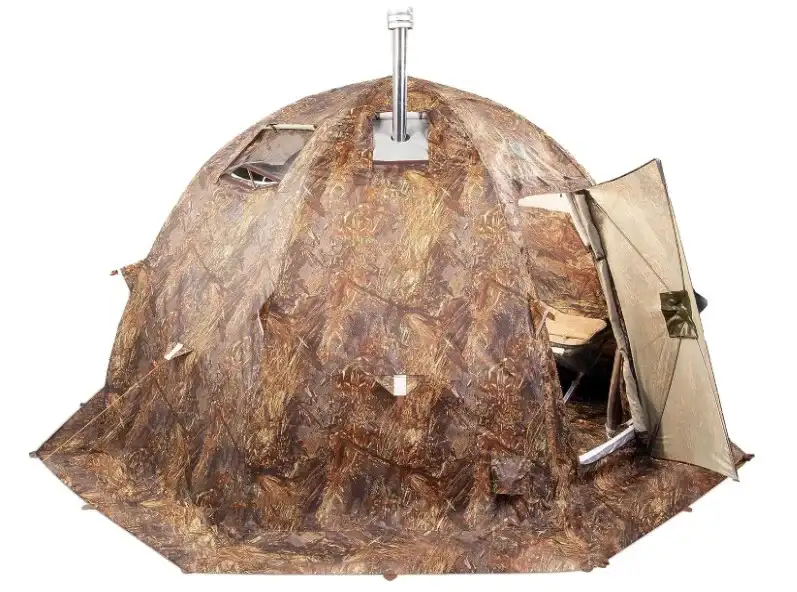
If you follow the link, you will realize that even this tent is described by the brand as a 4-season tent, and this simply makes no sense unless you live in Antarctica year round. All the features of this tent you can see in my full text.
Some of these tents are built without floor, or with a removable zippered floor, see one below. The reasons are easy to understand, and here are some.
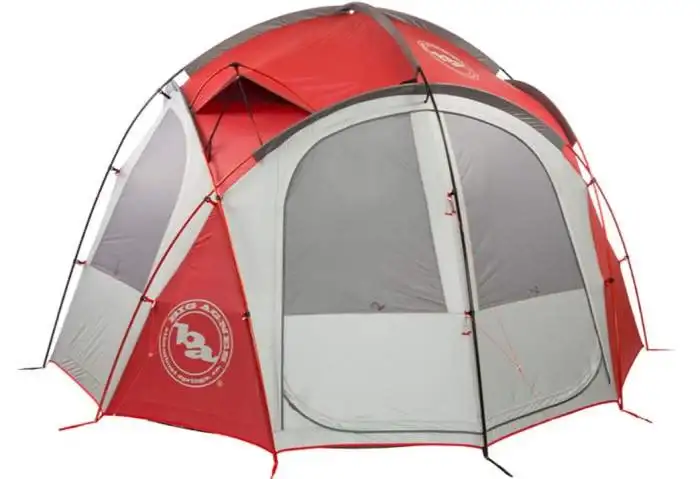
They are designed for a cold environment where removing your insulated boots would make you cold. A thin floor layer would not protect your feet from the frozen or generally cold ground.
On the other hand, when such a tent is pitched on ice, without floor you can dig into the ice underneath you, and this will add much more livable volume. You will also feel warmer and have a stand-up height even if the tent is low profile and aerodynamic as it must be in a harsh environment. I have seen this in videos showing people in Antarctica.
Why are some winter tents single layered?
This is primarily about ease of use, and to some extent also to reduce the weight. So you can expect to see such constructions among top-quality mountaineering tents. They are deigned so that they can be pitched even when it is very windy.
Some of them will have poles sleeves from outside, and this means the inner remains dry even when you have to set the tent during a storm.
But this also means you may expect issues with condensation. I have seen some statements that they will be best suited for a dry and cold environment on high elevations. But this is more about temperature difference inside and outside, so I do not think such statements make sense.
A single-layer is also to save weight because these tents tend to be heavier than ordinary double-layer tents, this is because you need a strong and heavy shell and thicker poles. You can find them frequently among those small mountaineering tents built for experts. But the Big Agnes Guard Station tent shown above is also one of them.
Why are some winter tents double layered?
This is for protection from the cold, to make it more livable and warmer. The temperature difference inside and outside may be very significant and this was scientifically proven.
The tent below is an excellent example of such a double-layer tent, this is The North Face 2-Meter Dome 8 person tent, and the picture shows its inner tent. It has yet another shell layer that covers it completely.
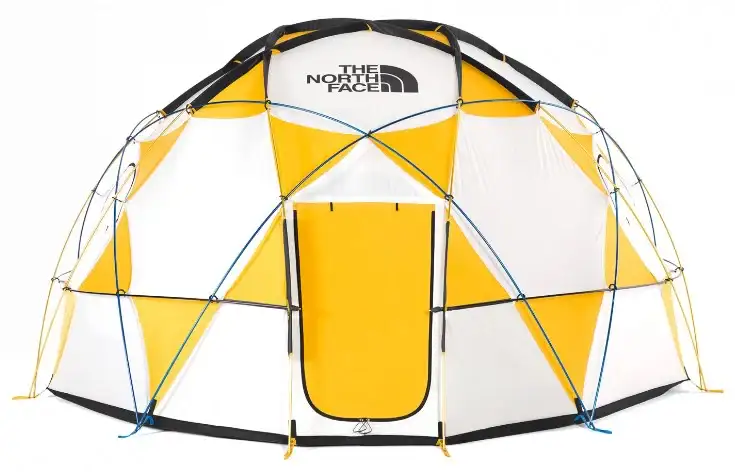
This also affects condensation which is drastically reduced in a true double-later tent. I was recently in the mountains with my mentioned Snow Peak Alpha Breeze tent which is a true double layer, and I have never noticed any condensation on the inner canopy.
Conclusion
In summary, it can be said that there are many great examples of true winter tents or 4th season tents on the market. But this is not really so with the so-called 4-season tents. This term is also wrongly used either for the tents that are true winter tents or for the tents that are neither winter nor real four-season tents.
Note also that winter tents can be insulated and non-insulated, and there is yet another separate large group of tents with stove jacks so you can use wood burning stoves and heat such tents.
You might want to read also my another detailed text about temperature differences in winter tents.
This site is all about family camping tents, and I add texts here on a regular basis, so bookmark it and keep as a reference.
Please use the comment box below in the case of questions or comments. Thank you for reading and have a nice day.
You have to see Nortent PC tents from Norway. I think they are really four seasons tents. Best regards.
Hi Claudio, thank you for the comment. Actually, I have two tents that can be described as four season type, both from the same brand, Snow Peak Alpha Breeze and Snow Peak Amenity Dome.